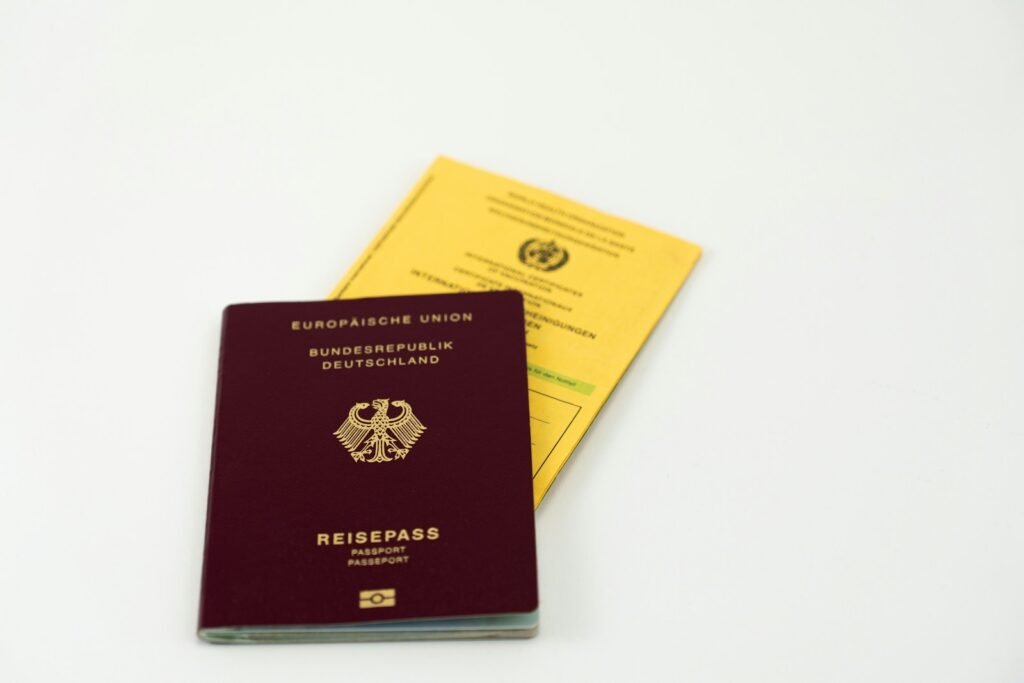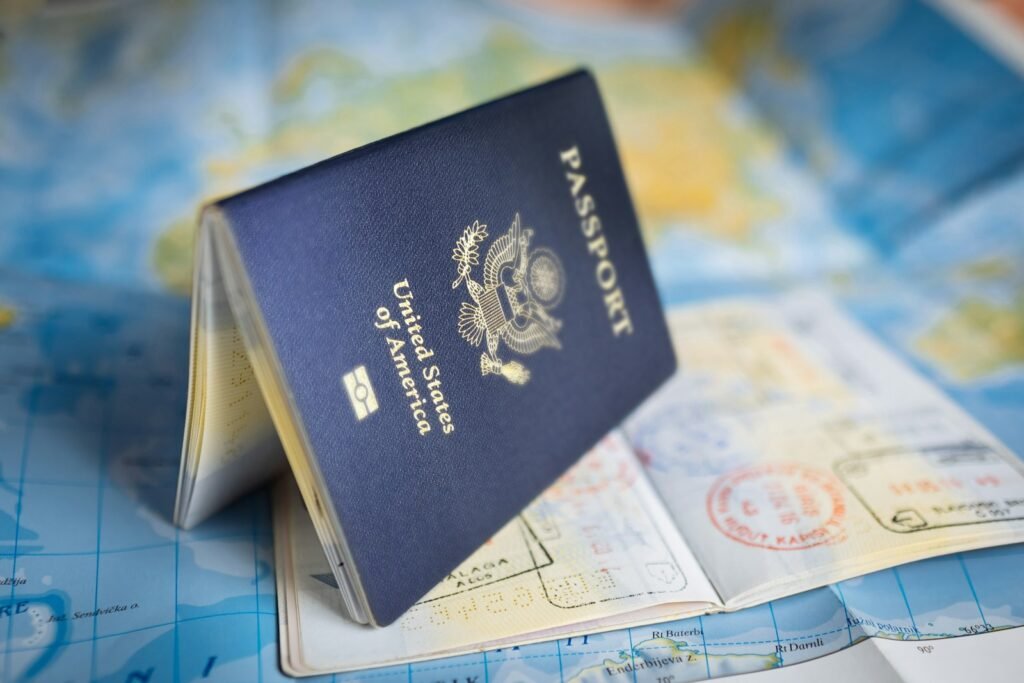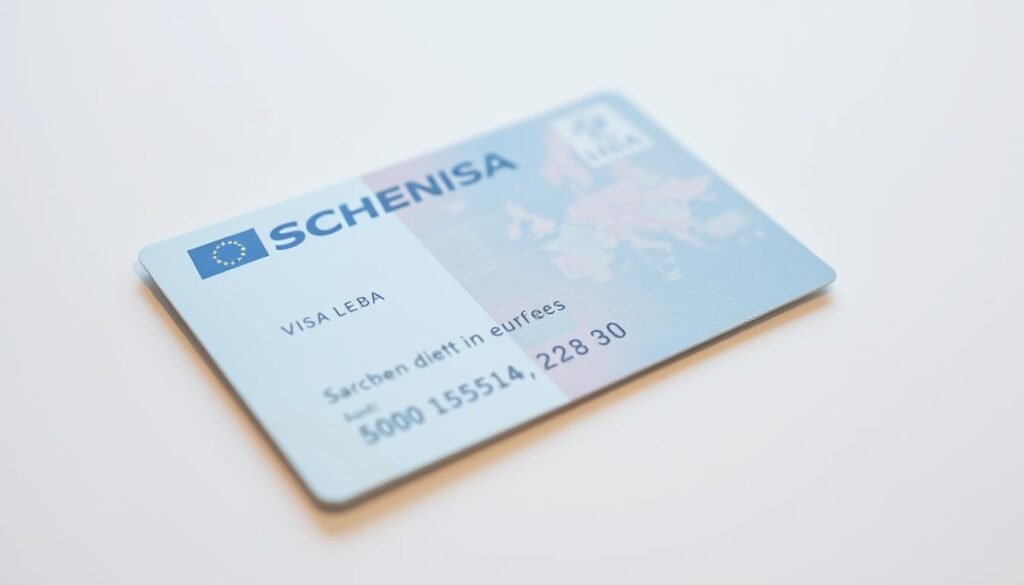One Schengen visa lets you travel freely across 27 countries. But, you can only stay for 90 days in any 180-day period. I learned this early and it changed my travel plans.
Wondering how long a Schengen visa lasts? You’re in the right spot. I’ll share practical tips. The length of your visa and its validity are different. This difference can affect your trip. Before diving in, check the Tourow Visa page to see the latest requirements and start your application.
The main idea of a Schengen visa is for short stays. It lets you move easily between countries like France, Spain, and Italy. But, you must follow the 90/180 rule. Use the official calculator to avoid staying too long. For a quick guide, check out this Schengen visa basics page. If you’re planning a trip and need to check visa requirements or start your application, visit our Tourow Visa Services.
I’ve taken many trips with single and multiple-entry visas. The key is to plan your entries and track your days. Keep your documents ready. This way, you’ll travel smarter, save money, and avoid surprises.

The Short List
- The core rule: up to 90 days in any 180-day period for short stays.
- Visa validity and permitted stay are different—know both before you book.
- Free movement across 27 countries, but the 90/180 rule is in effect.
- Choose single or multiple entry based on your itinerary and re-entry plans.
- Use the official short-stay calculator to track days and prevent overstays.
- For trips over 90 days, look at country-specific long-stay (Type D) options.
Schengen Visa Meaning, Categories, and Travel Rules
Let’s get the basics covered to make planning easier. The Schengen Area lets you travel across 27 countries with just one visa sticker. But, it’s important to know the different visa types and travel rules to avoid any issues at the border.

Schengen visa types: visa Schengen C (short-stay), airport transit visa, and Schengen visa type D
For most trips, visa Schengen C is what you need for tourism, business, or visiting family. It allows short stays over a certain period. If you’re just changing planes, you might need an airport transit visa, depending on your nationality and flight path.
If you plan to stay longer than 90 days, you’ll need a Schengen visa type D. These visas are for longer stays, like studying, working, or joining family. Each country has its own rules for these visas.
Schengen visa categories and number of entries requested Schengen visa
When applying, you choose how many times you can enter the Schengen Area. A single-entry visa lets you in once. If you leave and come back, it’s considered used, even if you have days left.
For more complex itineraries, you might need a multiple-entry visa. Make sure the number of entries you request matches your travel plans. This includes side trips to places like the UK or Morocco. While a multi-entry visa is helpful, remember that your total days allowed are the same.
Schengen visa travel rules: the 90/180-day rule and border-free movement
The main rule for visa Schengen C is simple: 90 days in 180 days. This means counting back 180 days from each day you spend in the zone. You can spread out your stays as long as the total doesn’t exceed 90 days.
Once you’re in, you usually won’t face border checks. This makes traveling by train or low-cost flights easier. Just remember to carry your passport and follow the travel rules.
Transit visa for Schengen countries: when you need an airport transit visa
Not everyone needs a transit visa for Schengen countries, but some do for certain airports. An airport transit visa only covers the international area. You can’t leave to pick up bags or change airports in the city.
Before booking tight connections, check if you need an airport transit visa. If you must change terminals or airlines, you’ll need a regular entry visa. This avoids stress and keeps your trip on schedule.
How long does a schengen visa last
I plan my Schengen trips by checking my visa sticker. The big question is how long a Schengen visa lasts. It depends on two things: when you can enter and how long you can stay.

Length of Schengen visa: up to 90 days in any 180-day period for C type visa Schengen
The C type visa lets you stay up to 90 days in 180 days. You don’t have to stay all the time. You can visit over months as long as you don’t go over 90 days in 180 days.
Visa Schengen validity vs. permitted stay: entry validity, duration of stay, and multiple-entry windows
Here’s how to read your sticker: “From/Until” is when you can enter. “Duration of stay” is how long you can stay. Even if your visa is valid for years, you can only stay 90 days with Type C.
- Validity window: the dates when you can enter.
- Permitted stay: the maximum days you can be inside.
- Multiple entry Schengen visa: you can re-enter, but stay under 90/180 days.
How to calculate stays: using the official short-stay visa calculator
I track my stays with border stamps and the official calculator. It checks the 180-day window. This way, I never go over 90 days. Before booking, I check this guide on visa validity and stay.
How long is the validity of Schengen visa for multiple entries and single visa scenarios
Single-entry visas are for one trip. Every day counts until you leave. Multiple-entry visas let you come and go, sometimes up to five years. But, your total stay is always 90 days or less.
Multiple Entry Schengen Visa and Long-Term Options
Choosing your visa depends on your travel plans. If you plan to visit places outside the Schengen Area, a multi entry visa is useful. It saves money and reduces stress, as long as you follow the 90/180 rule and keep your records clean.
Single-entry vs. multi entry Schengen visa: what changes for your itinerary
A single-entry visa means you can only enter and leave once. It’s simple but strict. If you want to visit London or Morocco during your trip, you can’t re-enter with this visa.
A multi entry visa lets you enter and leave as many times as you want while it’s valid. You can take rail runs, budget flights, and explore side tours without worry. Just remember, you can only stay 90 days in any 180-day period.
- Single-entry: best for one loop with no exits.
- Multi-entry: best for regional hubs, cheap hops, and last-minute deals.
- Either way: watch stamps, keep tickets, and log days.
Schengen visa multiple entry 5 years and 1 year multiple entry Schengen visa: who may qualify
Consulates prefer travelers who follow rules and have strong ties back home. If I’ve kept good records and followed the rules, I might get a longer visa.
- 1 year multiple entry Schengen visa: often for frequent flyers with steady plans.
- Schengen visa multiple entry 5 years: typically seasoned travelers with consistent compliance.
- Proof that helps: prior visas, on-time exits, and clear itineraries.
Long term Schengen visa and national visas (Schengen visa type D): stays over 90 days
For stays longer than 90 days, I look into long term Schengen visas. A Schengen visa type D is for specific reasons like study, work, or family ties.
- France: some long-stay visas need online validation after arrival.
- Germany: certain nationals may enter visa-free and apply in-country for residence.
- Netherlands: a long-stay visa often pairs with a residence permit pickup.
- Norway and Iceland: focus on residence permits tied to purpose.
Each country has its own rules and fees. I choose the visa that matches my goals, whether it’s for a semester abroad, a job, or remote work.
Schengen 5 year visa expectations: clean travel history and consular discretion
A Schengen 5 year visa is not guaranteed. Officers consider risk, purpose, and past behavior. I prepare by showing a clear plan, proof of funds, travel insurance, and a clean record.
- Ask only for entries you need to support your plan.
- Show consistent compliance to build trust over time.
- Expect consular discretion on validity length, even with perfect files.
Applying Smart: Schengen Visa Which Country to Apply and Validity Factors
I start by planning my trip and then choose where to apply for my Schengen visa. This saves me money and reduces stress. It also helps me guess how long my visa will be valid based on my plans and past experiences.

Main destination rules: where to apply if visiting several countries
I apply at the consulate of my main destination. This is where I’ll spend the most time or do the main activity, like attending a conference in Berlin or going on a tour in Italy. If I spend an equal amount of time in each place, I apply at the consulate of my first entry.
From the U.S., I apply at the consulate of where I legally reside. For flights with short layovers, I check if I need a transit visa for Schengen countries. This can affect my travel plans, even for brief stops.
What affects visa schengen validity: visa type, purpose, itinerary, and prior compliance
I create a detailed itinerary with bookings, proof of funds, and insurance. The consulate looks at my purpose, past behavior, and how many times I want to enter. If my plans are solid and I’ve left countries properly before, I might get a longer or more flexible visa.
But, the validity of my visa can depend on the consulate and my past actions. A strong application can help, but the officer decides on the visa’s length and type, whether it’s for one, two, or multiple entries.
Timing and processing: when to apply, typical timelines, and required documents
I book my appointment early because spots fill up quickly. I apply 15 days before my trip and no more than six months in advance. Processing usually takes 15 days, but I prepare for up to 45 days in case of extra checks.
- Passport valid three months past my exit, with enough blank pages
- Completed application and ICAO photo
- Medical insurance for emergencies, hospitalization, and repatriation
- Fingerprints (with exemptions), proof of purpose, funds, and lodging
- Evidence of ties to return and, if needed, support for the number of entries requested Schengen visa
Fees are €90 for adults and €45 for kids 6–12, with possible discounts. I check for local service fees when booking with VFS Global, TLScontact, or BLS International. For Type D stays, I look into country-specific requirements, like police certificates, certified translations, or language tests, before applying.
The Bottom Line
After years of traveling on a budget, I’ve learned a key fact. For a Type C short stay, you can visit the Schengen Area for up to 90 days in 180 days. This is the answer to how long a Schengen visa lasts, no matter the sticker’s look.
To follow the rules, I log each border crossing. I also check dates with the official short-stay visa calculator.
When you think about how long a Schengen visa is valid, remember two things. Entry validity and allowed stay are different. Even if your visa is valid for months, the 90/180 rule applies to each visit.
Keep your record clean and avoid overstays. This will help you get longer multiple-entry visas in the future.
If you need more than 90 days, you’re looking at long-term visas. These are Type D visas or residence permits, with their own rules. Apply to your main destination or first entry if stays are equal.
File your application 15 days to 6 months early. You’ll need your passport, photos, insurance, proof of funds, lodging, and purpose. Plus, any extras the consulate asks for.
Processing time is usually 15 days, but it can be up to 45.
Multi-entry validity, like a 1-year or 5-year visa, depends on the consul’s decision. You need a clean record. Follow the 90/180 rule and travel with fewer problems across the map. Need help with visas? Explore requirements and apply directly through our Visa Application page.
For a simple guide on Schengen travel visa, see this: Schengen Travel Visa: 7 Essential Tips for a Smooth Application






